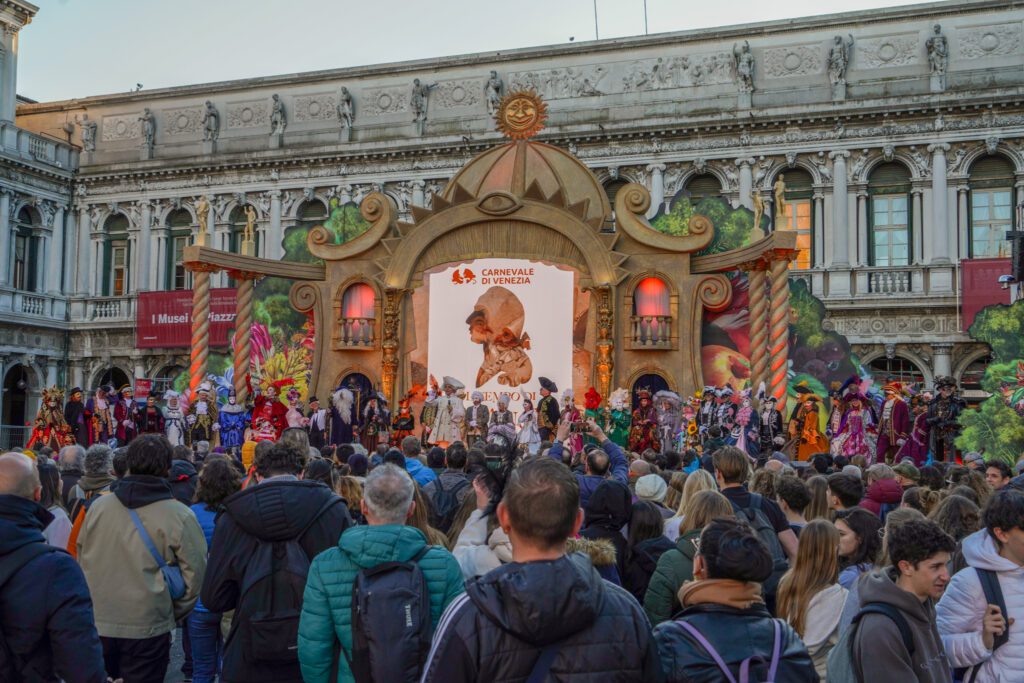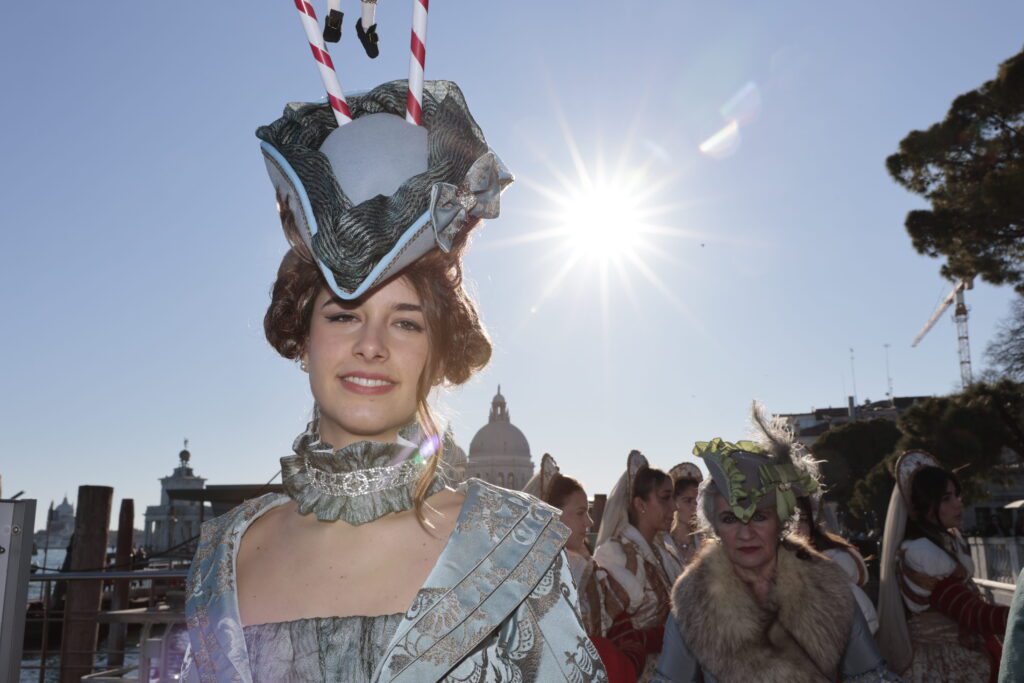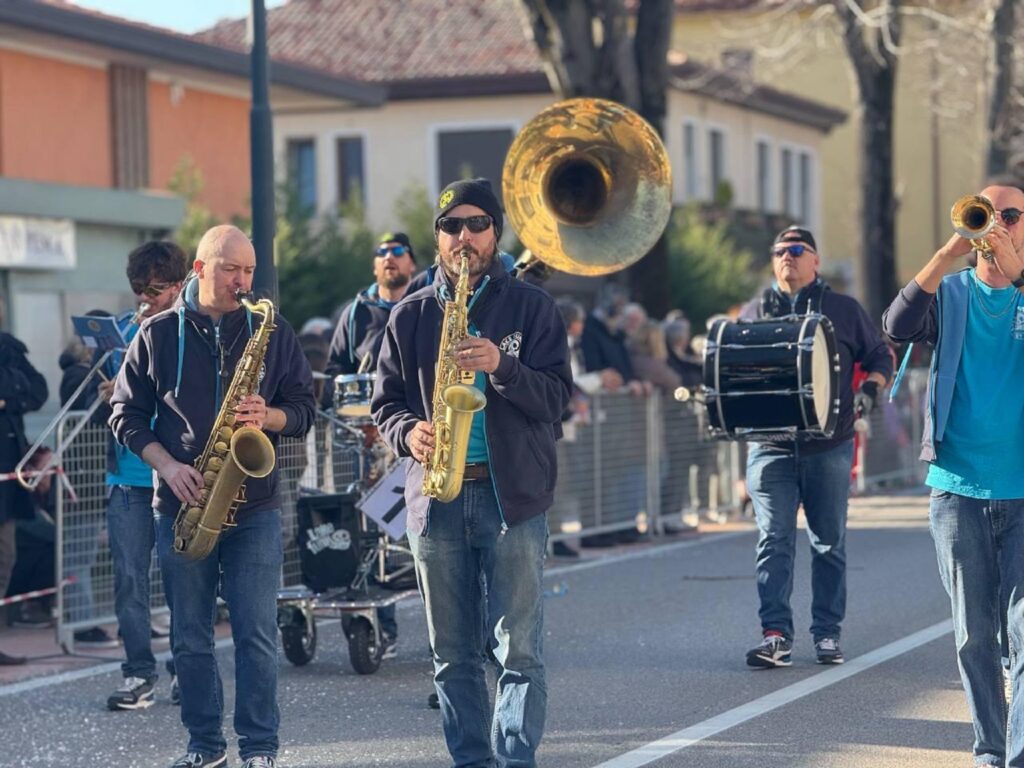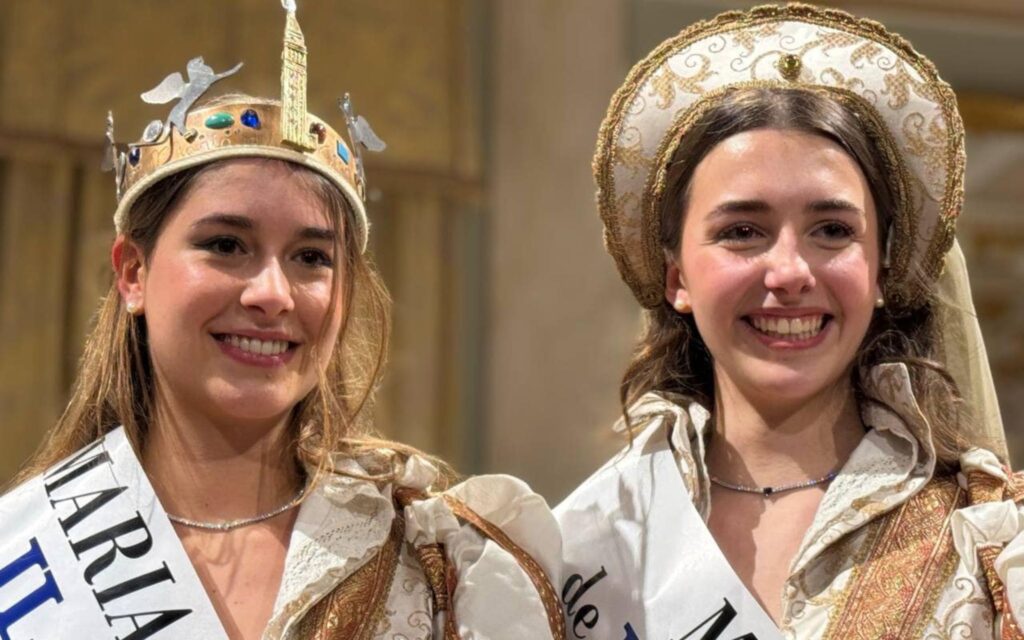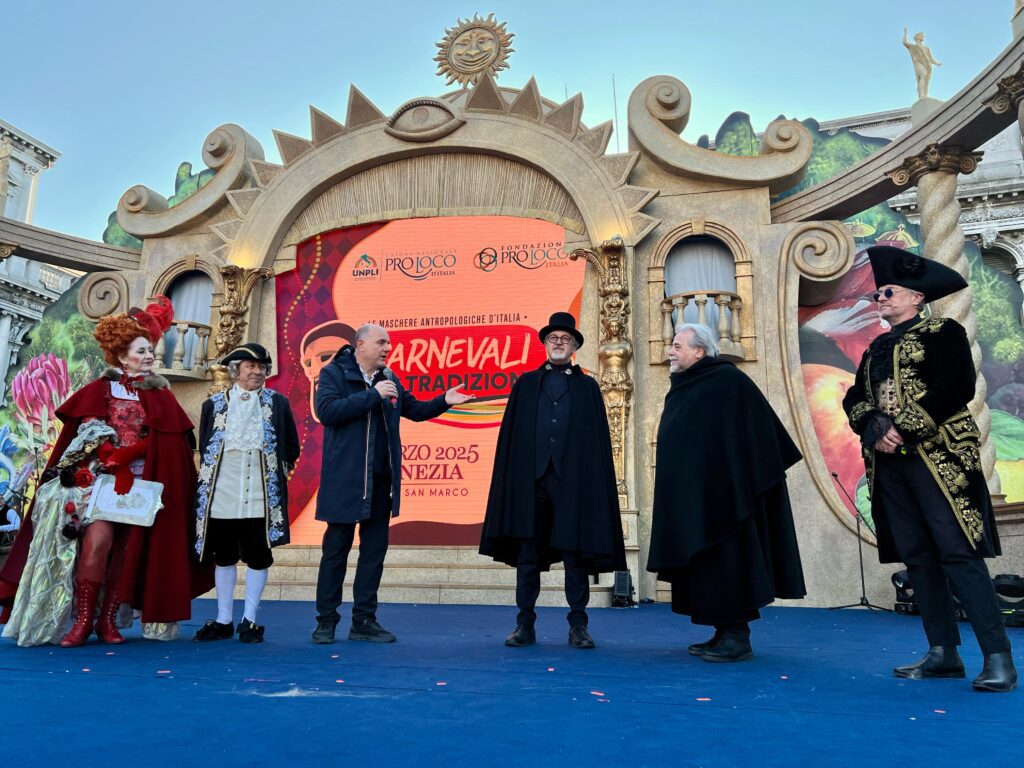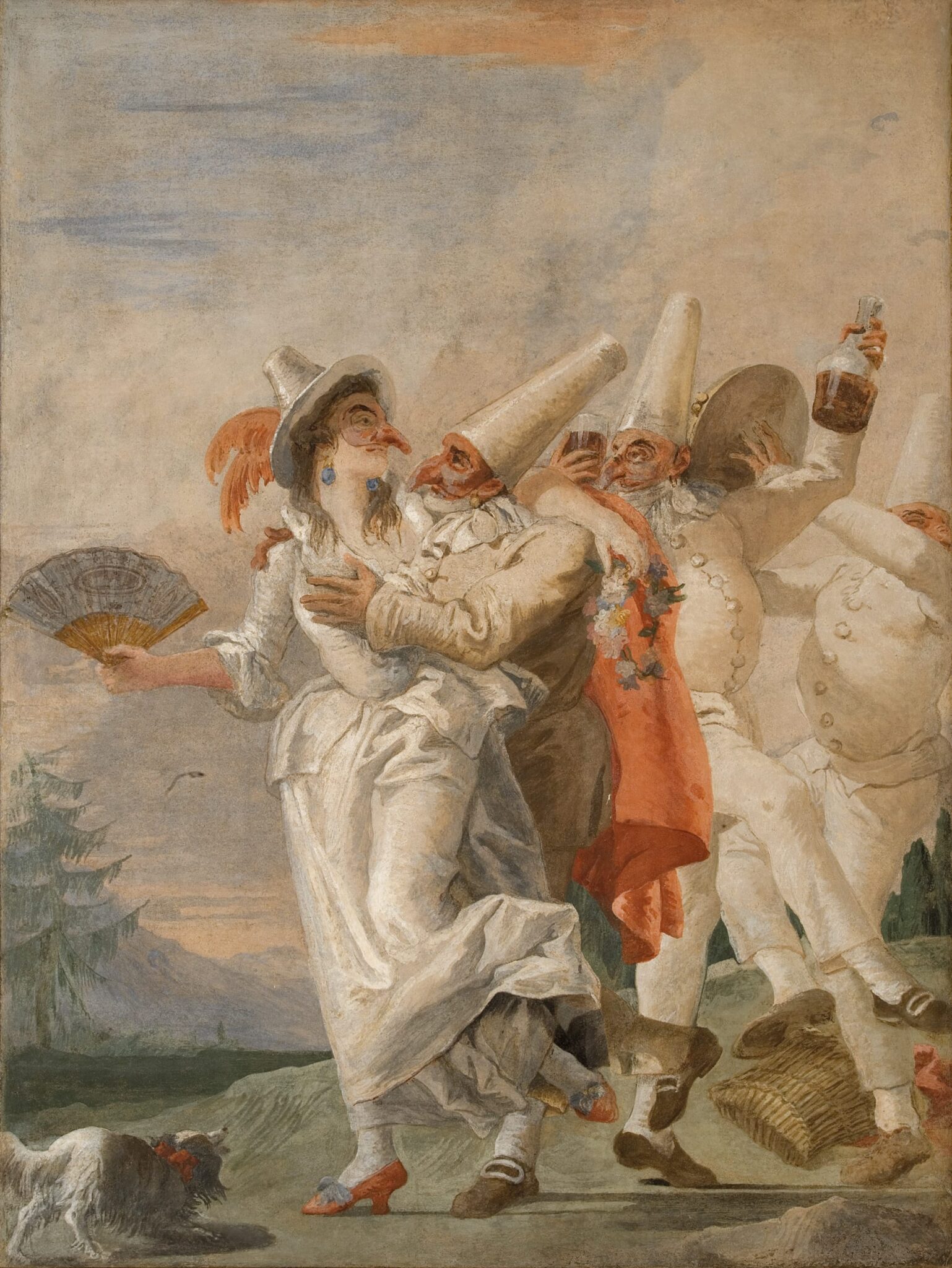Once again this year, Venice Carnival celebrates the traditional “Festa delle Marie”
The traditional “Festa delle Marie” that opens the Venice Carnival evokes, in a modern key, the kidnapping and rescue of twelve brides, which took place at the time of the Venetian Doge, Pietro Candiano III. Since the beginning of the ninth century, it has been customary to celebrate all marriages on February 2 of each year – that is, the Feast of the Purification of the Virgin Mary – in the church of San Pietro di Castello, seat of the Episcopate of Olivolo, to collectively receive the blessing.
On this occasion, twelve beautiful but humble Venetian young ladies were chosen and given magnificent jewels on loan by the State for their wedding, while the patrician families of Venice contributed to their dowry with donations, which each girl took to the church in specially made and finely decorated wooden boxes, called “arcelle” or “capselle”.
In 946 under the reign of Doge Pietro Candiano III, while the wedding ceremony was taking place in the church of San Pietro, a group of Dalmatian pirates broke into the church and kidnapped the young ladies, taking their precious boxes as well.
The Doge immediately organised a pursuit to hunt down the pirates and, leading the force himself, quickly caught up with the kidnappers near Caorle, killing them all and rescuing the girls and their dowries. Since then, the area where this took place has been known as the “port of damsels”.
When returning to Venice, the Doge and those who helped rescue the damsels were given an enthusiastic welcome by the citizens and the “Feste delle Marie” was established to commemorate the event each year. For the celebration, once the twelve girls had been chosen – two for each district (sestiere) of Venice – and dressed with elegant clothes, offered by the Venetian aristocracy, there was a procession through the whole city. Moreover, on that occasion the Doge also paid homage to the group of Casselleri (carpenters), in the church of Santa Maria Formosa, as recognition of their value in the fight to rescue the brides. The Feast then went on for eight days with processions, festivals, regattas and such entertainment that led the Republic to replace the real young ladies with wooden cut-outs.
After centuries of neglect, Bruno Tosi, a well-known director and cultural operator, relaunched this enactment in Venice, making the “Festa delle Marie” the opening event of Carnival, as well as a special occasion to admire the traditional Venetian costumes.
In the modern revival, twelve young ladies aged between 18 and 28 are chosen out of a group of 80-90, by a qualified jury prior to the start of Carnival. The selected twelve then parade from San Pietro di Castello to St. Mark’s Square, carried on sedans and accompanied by over 300 participants. The historic parade, escorted by groups in traditional dress from C.E.R.S. – The European Consortium of Historical Re-enactments, and the Venice Carnival Associations (Amici del Carnevale di Venezia and Associazione Internazionale per il Carnevale di Venezia), leave San Pietro di Castello at around 02:30 pm, walking along Via Garibaldi and Riva degli Schiavoni to reach St. Mark’s Square at around 04:00 pm, where the official presentation of Carnival takes place on a stage that has been set up in the most beautiful “drawing room in the world”, St. Mark’s Square.
This year, the “Festa delle Marie” will be inaugurated on Saturday, February 3, with a parade of the young Venetian ladies that have been selected and it will continue for several days until the winner has been declared and crowned “Maria” of the year in St. Mark’s Square by the Doge, at the end of a water procession leaving San Giacomo dell’Orio. The winner of the Festa delle Marie, dressed in a magnificent costume created for the occasion and in keeping with the Carnival theme will then be the protagonist the following year of the “Flight of the Angel”; an exciting and spectacular flight from the top of the bell tower of St. Mark to the centre of St. Mark’s Square.
For further information, visit: www.festadellemarie.com.
